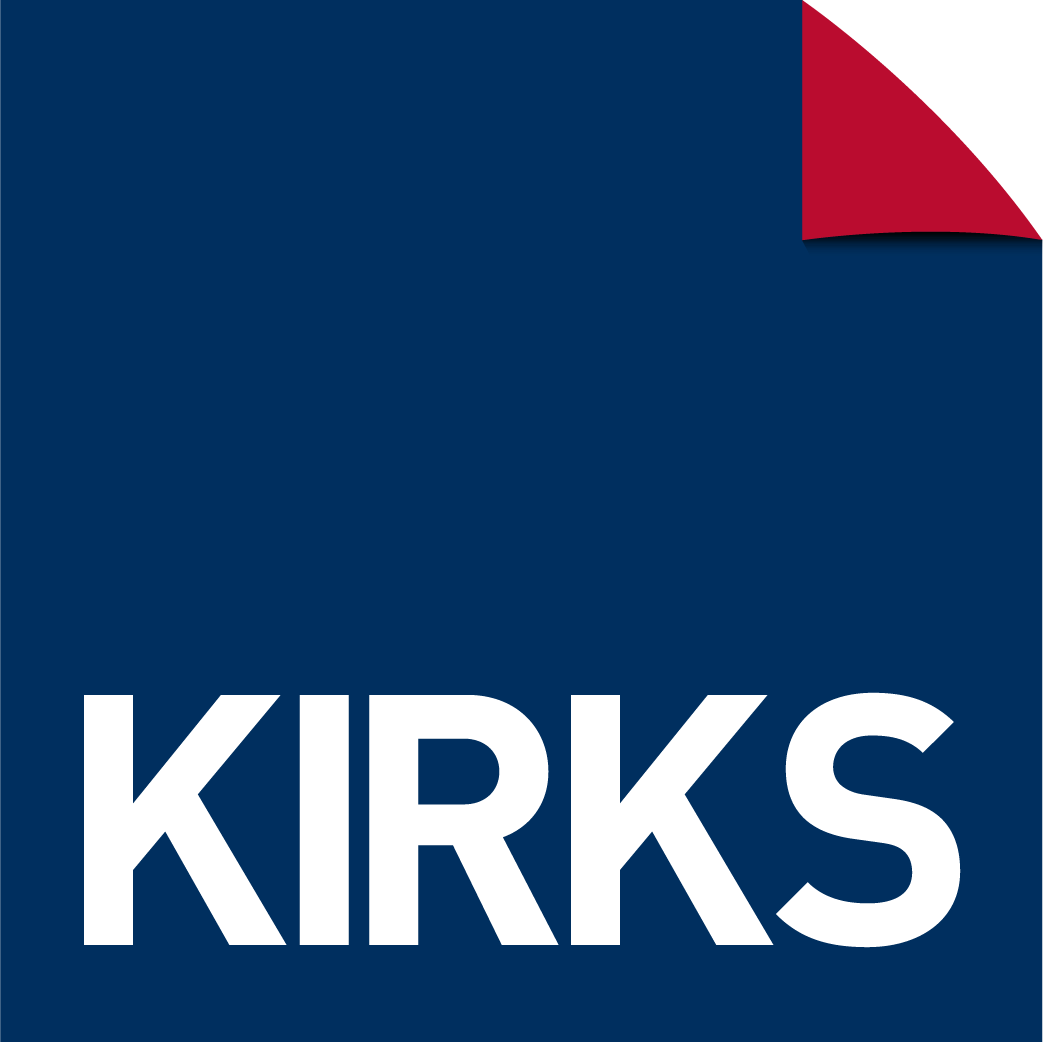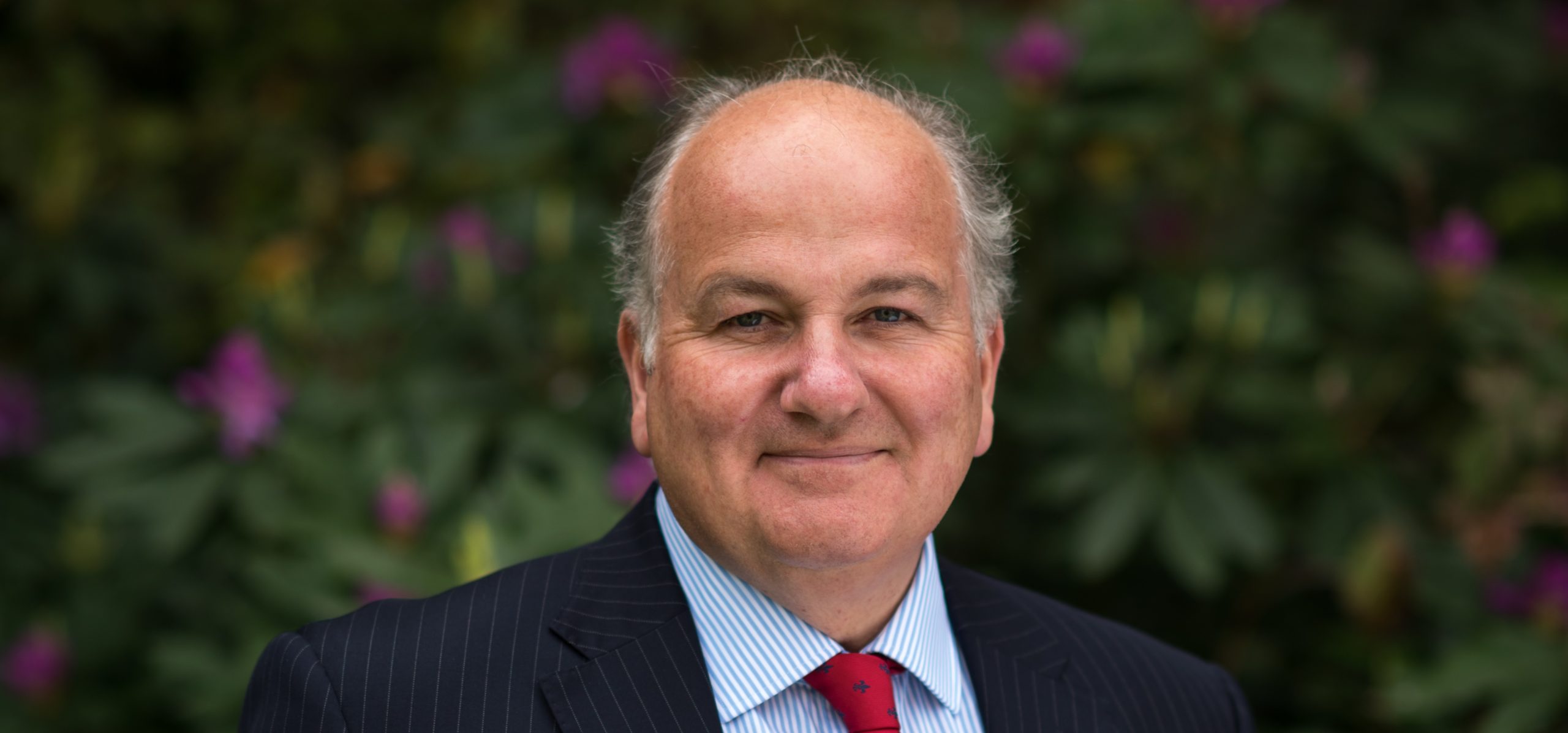The quick answer
Firstly, you need to know that there are two types of liquidation, and to make sure you choose the right one:
- Insolvent liquidation: also known as Creditors Voluntary Liquidation (“CVL”). This is where the company cannot pay off everything it owes and needs to be closed down quickly.
- Solvent liquidation: this is used to close down a solvent company and is called a Members Voluntary Liquidation (“MVL”). This is usually where the shareholders want to claim Business Asset Disposal Relief (formerly Entrepreneur’s Relief).
In more detail
CREDITORS VOLUNTARY LIQUIDATION
Liquidation is the process of formally closing down a limited company. It stops all creditor action and takes the pressure off of you.
To be able to go into liquidation you need to fill in and sign various forms. We will prepare all of these forms for you. The process from start to finish takes about ten days.
We will then normally contact the shareholders and creditors so they start to deal with us.
THE ACTUAL PROCESS
The liquidation process is in three stages (we will guide you through the process at the time):
- The directors agree to liquidate. If you are only a one director company then this is easy, otherwise the decision is based on a majority of the directors – so over half. Directors who abstain from the vote do not count. You can call a meeting at anytime to discuss this as directors.
- There is a shareholders meeting and 75% of those that vote need to agree to a resolution to liquidate.
- There is a virtual or physical creditors meeting. I have never had the creditors object to a liquidation. This meeting is an opportunity for creditors and employees to ask questions. Sometimes on a small liquidation there is not even a meeting of creditors and the company is liquidated by deemed consent.
Costs
The cost to liquidate is in two parts.
- There is the fee to put the company into liquidation. We do this on a fixed fee basis. This starts at £3,000 plus VAT and is very rarely more than £5,000 plus VAT.
- After the date of liquidation, we normally ask to be paid based on the hours that we work. We carry out several tasks including; selling company assets, helping employees make their Redundancy Payment Office claims, dealing with creditors, landlords, HM Revenue and Customs, reporting to shareholders and creditors and hopefully paying a dividend. We ask creditors to agree the basis of how we will be paid after the date of liquidation. We do not ask the directors to pay this upfront.
Advantages Of Liquidation
The advantages of liquidation are:
- It stops a struggling company from making more trading losses and running the risk of wrongful trading.
- The employees and salaried directors can claim from the UK Government fund called the Redundancy Payments Office.
- It means that you can move on and be free of the stress of creditors.
- It stops all creditor action and stops a bailiff.
- It ends the need to prepare VAT/PAYE returns or to complete annual accounts.
DISADVANTAGES OF Liquidation
The disadvantages of liquidation can be:
- You believe that the business can be profitable, and you want to keep the name or reputation.
- There is another, better solution than liquidation: perhaps it is a Company Voluntary Arrangement.
- It is your only source of current income.
- Personal guarantees will be called in.
- A Liquidation will mean none of the clients or customers will pay. This is common in construction companies.
Contact us
Please call me and either ask any questions you have by telephone, or we can arrange to meet in one of our offices, or I can come to you. All meetings are confidential, and I aim to give supportive and helpful advice. I know it can be a difficult time.




